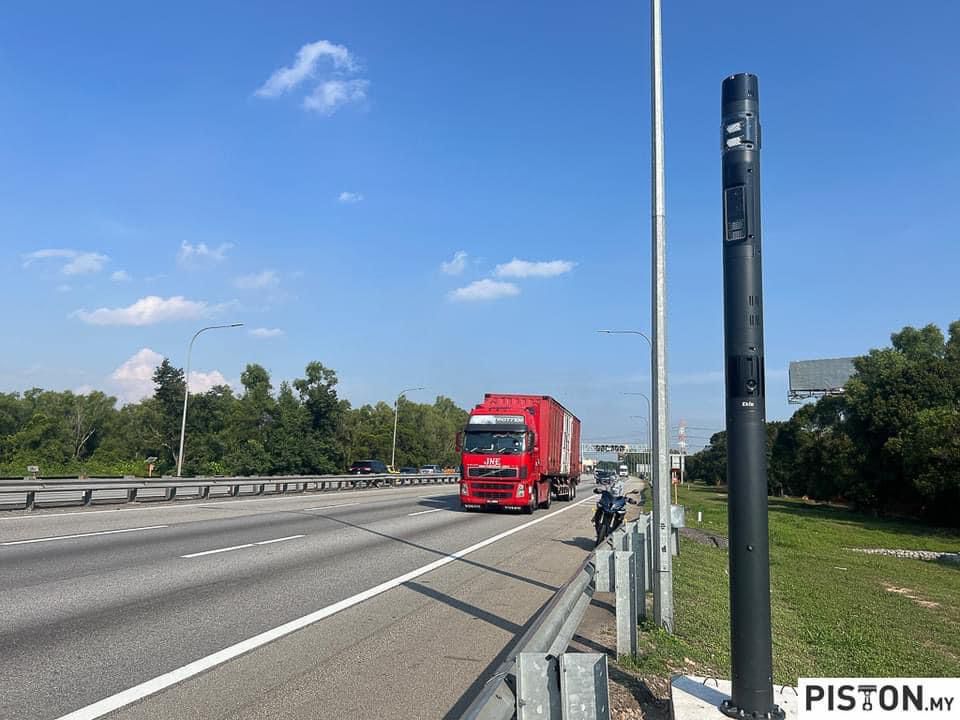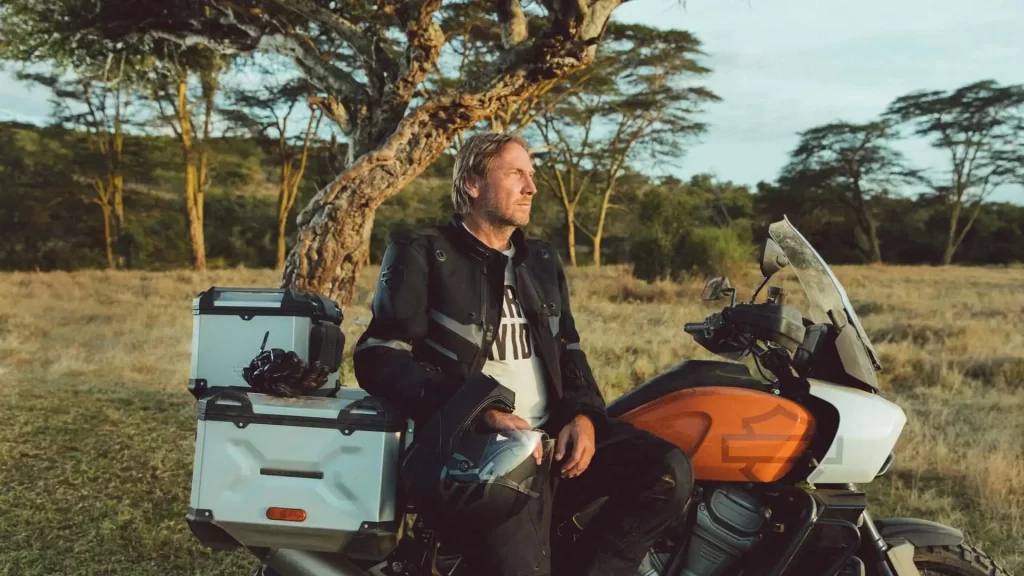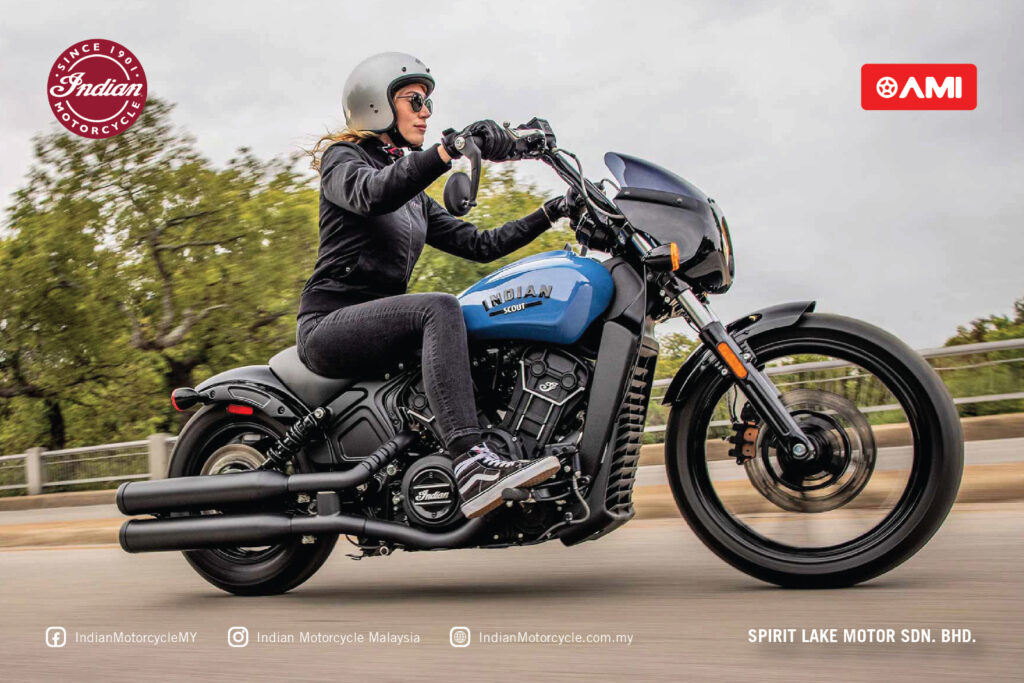Malaysian authorities will begin testing a system that records the travel duration of a vehicle from one location to another using AWAS (Automated Awareness Safety System) cameras.
This means the system will capture an image of the vehicle’s license plate via the first AWAS camera and record the time. Then, this image will be compared with the image taken by the next AWAS camera, with its time also recorded and compared. If the vehicle passes the subsequent AWAS camera too early based on the calculated duration, it is deemed that the vehicle was driven too fast.
How is a driver determined to have exceeded the speed limit?
The calculation uses the formula:
Distance (km) = Time [(minutes / 60) hours] × Average Speed (km/h)
For example, let’s set the distance as 100 km and the time taken by the vehicle to travel from Toll A to Toll B. We use time because the AWAS system considers it to determine the vehicle’s average speed. Do note that time is converted from minutes to hours by dividing it by 60 (since there are 60 minutes in an hour) to express speed in km/h.
Example A:
Suppose a vehicle covers a 100 km journey in 30 minutes. The speed limit for this route is 110 km/h.
Average speed = 100 km / (30 minutes / 60) hour,
Average speed = 100 km / 0.5 hour = 200 km/h
Result: Fined! (Exceeds the speed limit)
Example B:
The vehicle covered the 100 km distance in 60 minutes.
Average speed = 100 km / (60 minutes / 60) hours,
Average speed = 100 km / 1 hour = 100 km/h
Result: No fine (Average speed did not exceed the limit).
Calculating the “Safe” Travel Duration to Comply with the Speed Limit
Since the AWAS system tracks the duration taken for a vehicle to move between two points, what is the calculated “safe” duration?
100 km = (X / 60) hours × 110 km/h
(X / 60) = 100 km / 110 km/h = 0.909 hours
Thus, X (average time) = 0.909 hours × 60 minutes = 54.54 minutes
To verify if this calculation is correct, check whether 54.54 minutes multiplied by 110 km/h equals 100 km:
Distance = 0.909 hours × 110 km/h = 100 km
TA-DA!
This means you should pass the second AWAS camera in at least 54.54 minutes after passing the first one. With this formula, you can plan your trip by calculating the required travel time and adjusting your speed accordingly.
However…
This system is not a foolproof solution, especially for those proficient in math who know how to circumvent the formulated time by speeding excessively at certain stretches and then slowing down to match the calculated time, making it appear as if they complied with the speed limit. In fact, this is a technique used by rally drivers when transitioning between Special Stages (SS) on public roads.
Or, of more concern is that many Malaysians are not math proficient and/or too lazy to calculate anything, thus not knowing the required travel duration and consequently driving either too fast or too slow. So, back to square one.
Additionally, you can no longer arrive earlier than the calculated time even if the road is completely empty, which increases travel duration, and may even contribute to traffic build up and congestion.

So, what’s your opinion?
Is the current system better, or is this new system more effective?

















